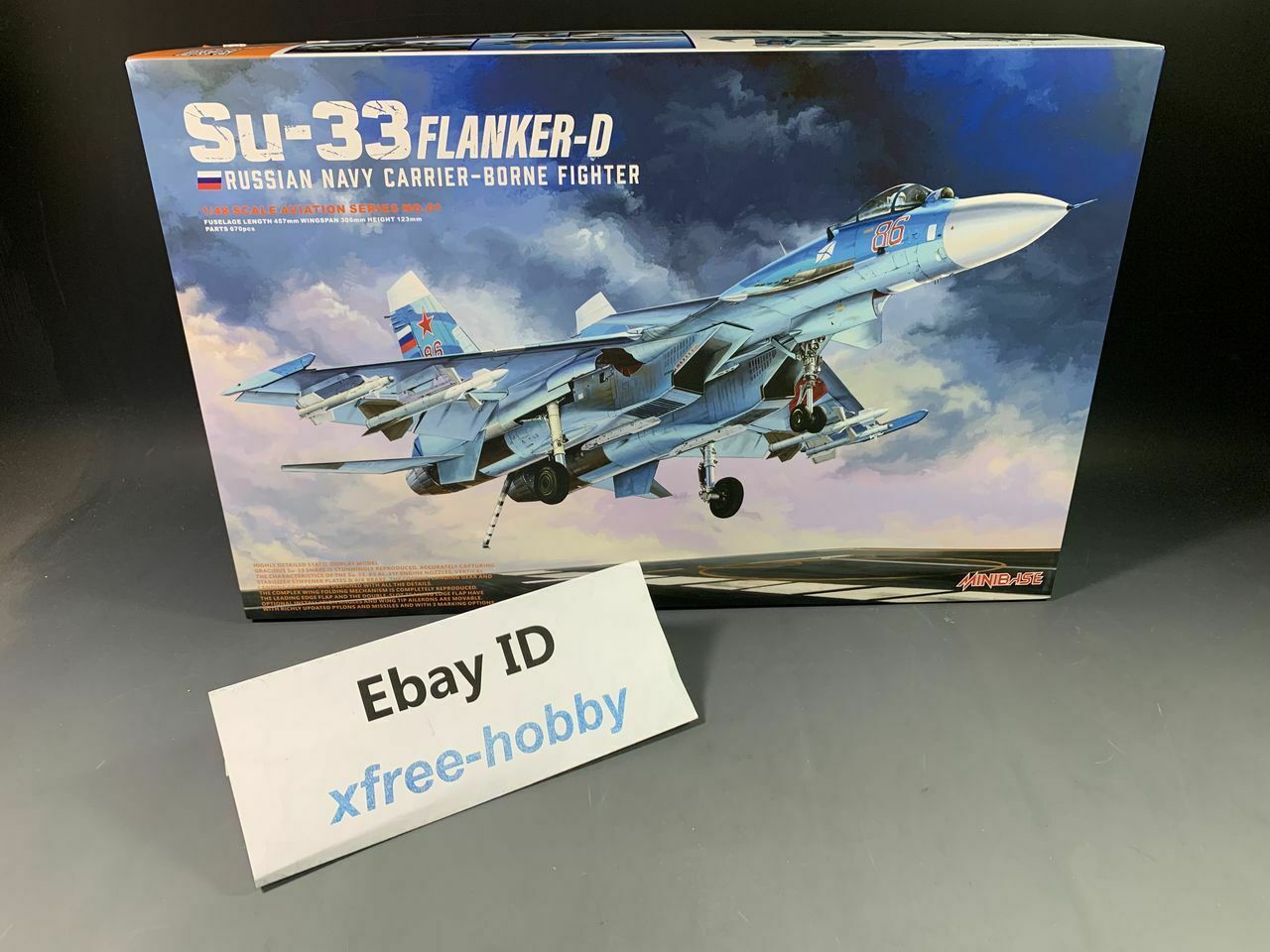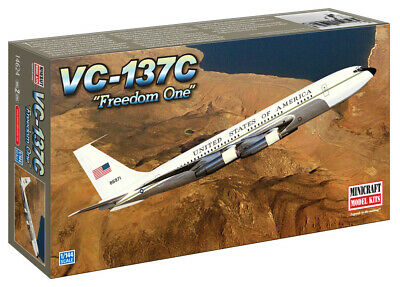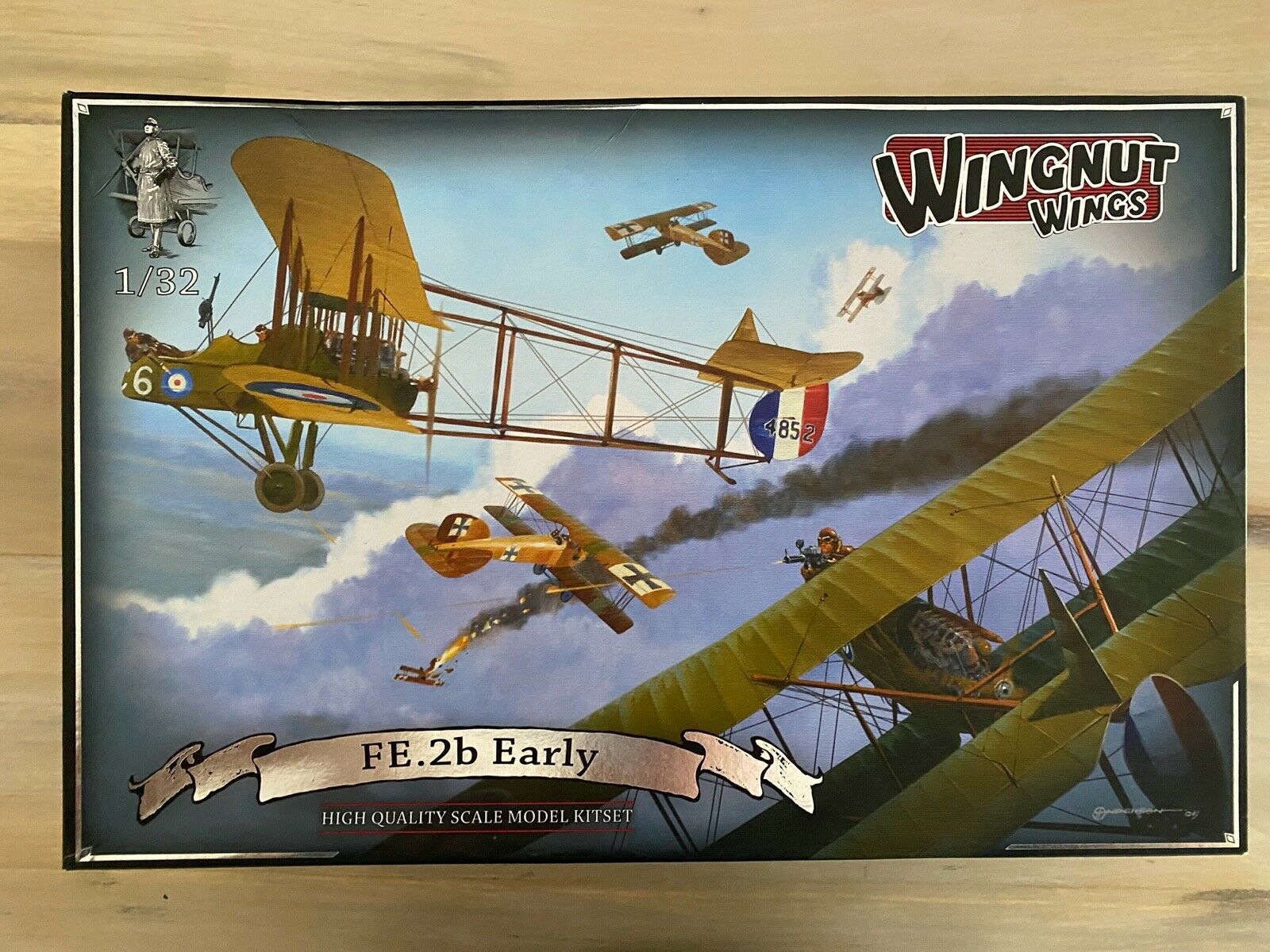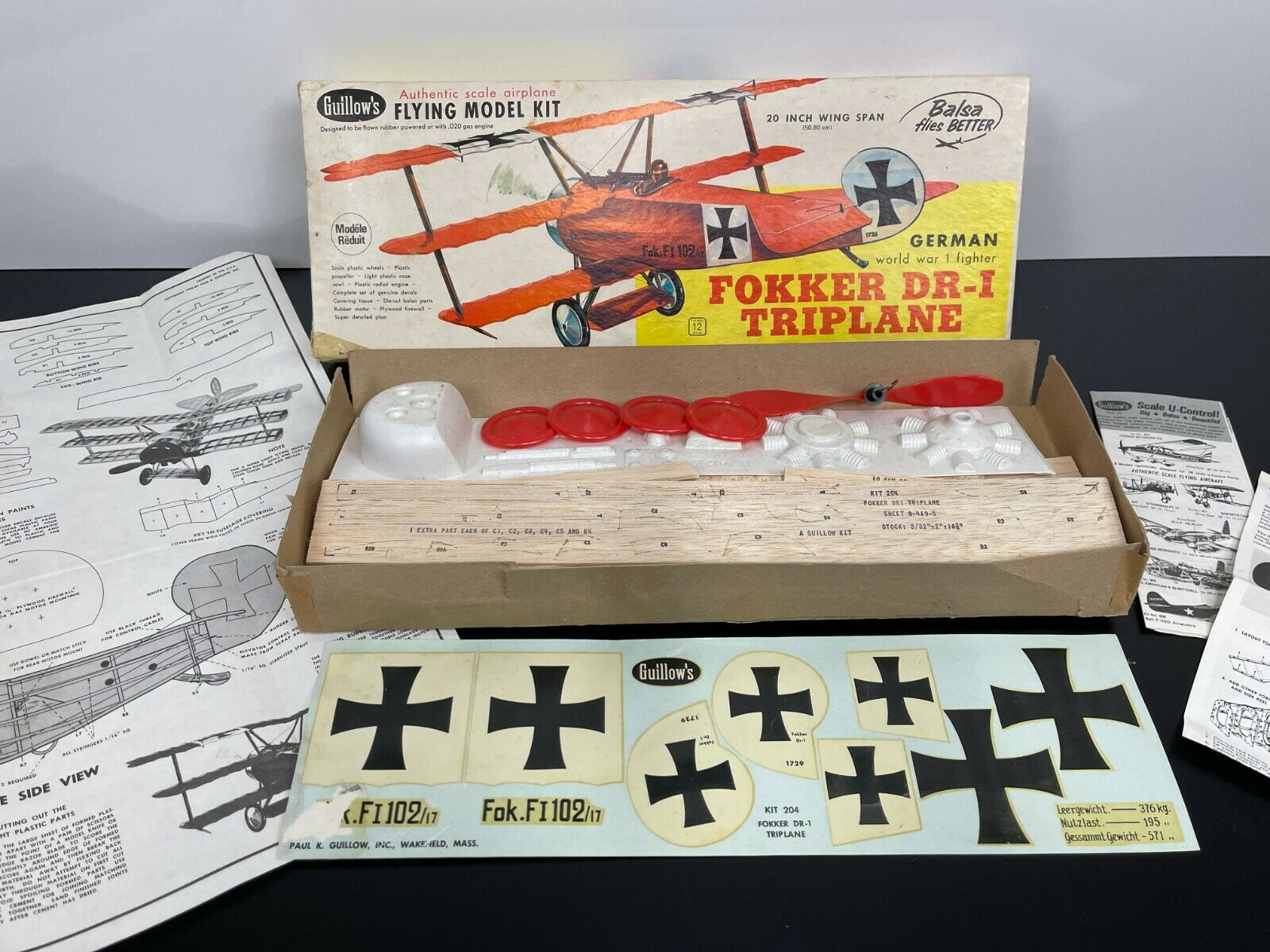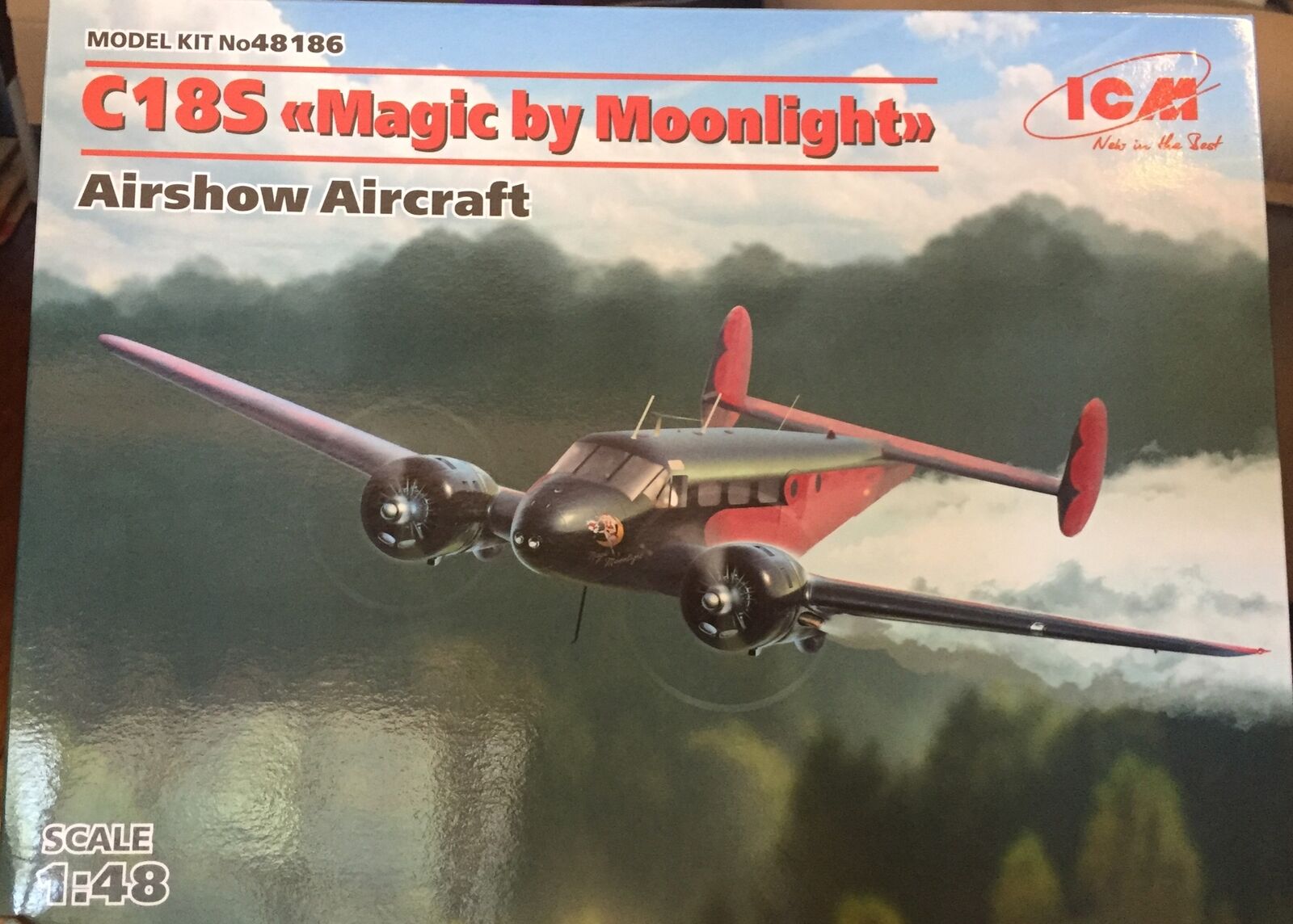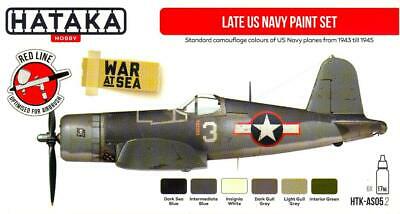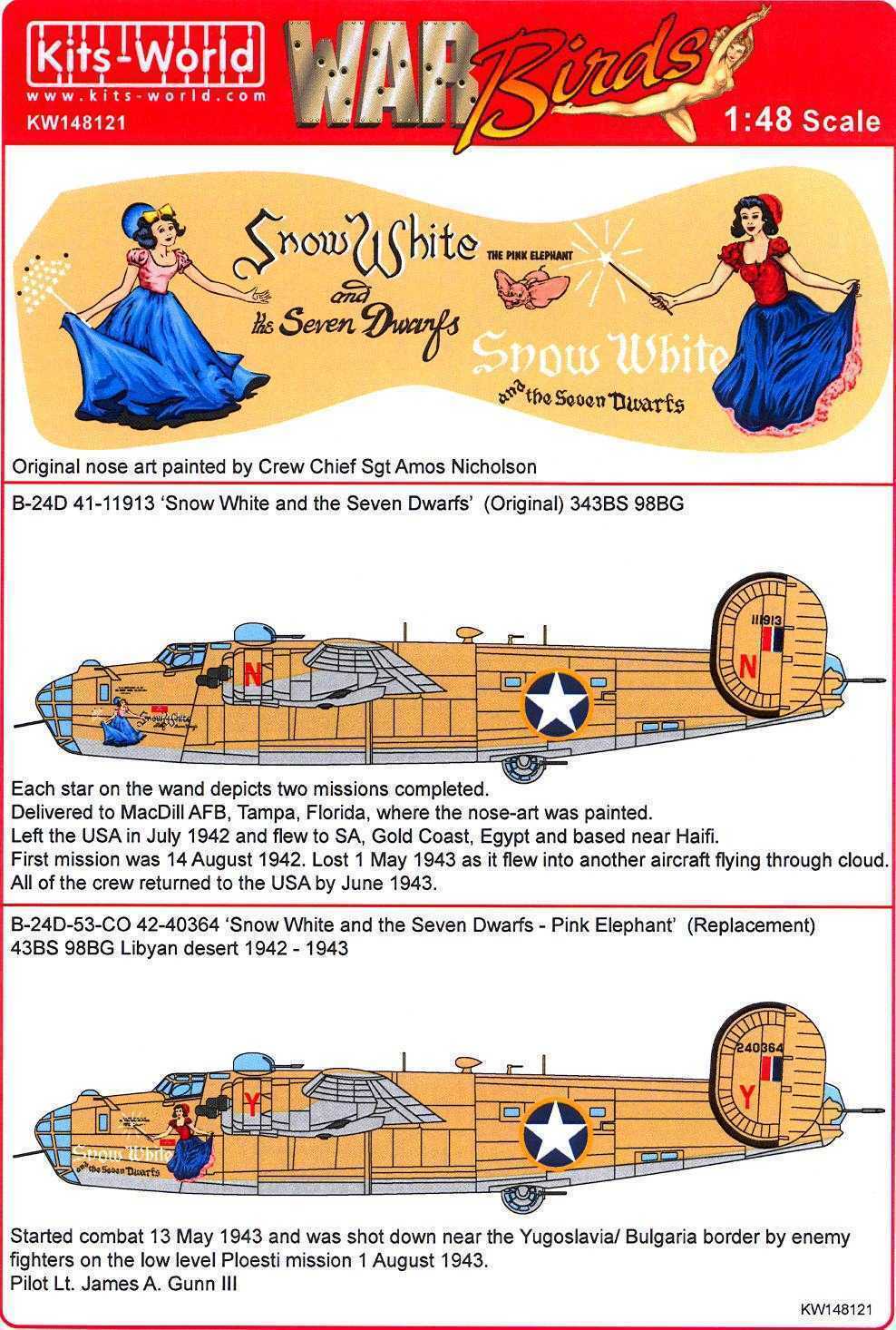-40%
Franklin Mint B11B236 F-14 F 14 Tomcat Aggressor 1:48 Armour 98039 Both Boxes
$ 177.4
- Description
- Size Guide
Description
This is the Franklin Mint F-14 Tomcat B11B236. I have had in on display in one of my glass cabinets the past few years.It's a big, heavy model that measures about 15" long and has about a10" wingspan. I
I checked it over and could find NO issues with it. It has the blue window box with the dust cover, as well as the white factory shipping box. It does not have the collector portfolio. I will wrap another layer of cardboard around the white shipping box for added protection and to help make sure it gets to you safely!
I'll send it Priority mail, insured with signature receipt!
From Wikipedia;
The Grumman F-14 Tomcat is an American
supersonic
,
twin-engine
,
two-seat, twin-tail,
variable-sweep
wing
fighte
r
aircraft
. The Tomcat was developed for the
United States Navy
's Naval Fighter Experimental (VFX) program after the collapse of the
F-111B
project. The F-14 was the first of the American
Teen Series
fighters, which were designed incorporating
air
combat
experience against
MiG
fighters during the
Vietnam
War
.
The F-14 first flew on 21 December 1970 and made its first deployment in 1974 with the U.S. Navy aboard
USS Enterprise
(CVN-65)
, replacing the
McDonnell
Douglas F-4 Phantom II
. The F-14 served as the U.S. Navy's primary maritime air
superiority
fighter
, fleet defense
i
nterceptor
, and tactical
aerial
reconnaissance
platform into the 2000s. The Low Altitude Navigation and Targeting Infrared for Night (
LANTIRN
)
pod system was added in the 1990s and the Tomcat began performing precision ground-attack missions.
In the 1980s, F-14s were used as land-based interceptors by the
Islamic Republic of Iran Air Force
during the I
ran–Iraq War
,
where they saw combat against Iraqi warplanes. Iran claimed their F-14s shot down at least 160 Iraqi aircraft during the war (only 55 of these confirmed according to historian Tom Cooper), while 16 Tomcats were lost including seven losses due to accidents.
The Tomcat was retired by U.S. Navy on 22 September 2006, having been supplanted by the
Boeing
F/A-18E/F Super Hornet
. Several retired F-14s have been put on display across the US. The F-14 remains in service with Iran's air force, having been
exported to Iran
under the
Pahlavi
regime
in 1976. In November 2015, reports emerged of Iranian F-14s flying escort for Russian
Tupolev
Tu-95
,
Tu-160
, and T
u-22M
bombers on air strikes in Syria.
The F-14 was designed to combat highly maneuverable aircraft as well as the
S
oviet
anti-ship
cruise
and
bomber
(
Tupolev Tu-16
,
Tupolev
Tu-22
,
Tup
olev
Tu-22M
)
threats. The Tomcat was to be a platform for the AIM-54 Phoenix
AIM-54
Phoenix
, but unlike the canceled
F-111B
, it could also engage medium- and short-range threats with other weapons. The F-14 is an
air superiority fighter
, not just a long-range
interceptor aircraft
. Over 6,700 kg (14,800 lb) of stores can be carried for combat missions on several
hardpoints
under the fuselage and under the wings. Commonly, this means a maximum of four Phoenixes or Sparrows on the belly stations, two Phoenixes/Sparrows on the wing hardpoints, and two Sidewinders on the wing hardpoints.
The F-14 is also fitted with an internal 20 mm
M61 Vulcan
Gatling-type cannon.
Operationally, the capability to hold up to six Phoenix missiles was never used, although early testing was conducted; there was never a threat requirement to engage six hostile targets simultaneously and the load was too heavy to safely recover aboard an aircraft carrier in the event that the missiles were not fired. During the height of Cold War operations in the late 1970s and 1980s, the typical weapon loadout on carrier-deployed F-14s was usually two AIM-54 Phoenixes, augmented by two AIM-9 Sidewinders, three
AIM-7 Sparrow IIIs
, a full loadout of
20 mm
ammunition and two drop tanks. The Phoenix missile was used twice in combat by the U.S. Navy, both over Iraq in 1999,but the missiles did not score any kills.
Iran made use of the Phoenix system, claiming
dozens of kills
with it during the 1980–1988
Iran–Iraq War
. Due to the shortage of air-to-air missiles as a result of sanctions, Iran tried to use other missiles on the Tomcat. It attempted to integrate the Russian
R-27R
"Alamo" BVR missile, but was apparently unsuccessful.
In 1985, Iran started Project Sky Hawk, attempting to adapt
I-Hawk
surface-to-air missiles, which Iran had in its inventory, for F-14s. The modified missiles were successfully tested in 1986 and one or two were used in combat, but the project was abandoned due to guidance problems.
The official final flight retirement ceremony was on 22 September 2006 at Naval Air Station Oceana and was flown by Lt. Cmdr. Chris Richard and Lt. Mike Petronis as RIO in a backup F-14 after the primary aircraft experienced mechanical problems.
The actual last flight of an F-14 in U.S. service took place 4 October 2006, when an F-14D of VF-31 was ferried from NAS Oceana to Republic Airport on Long Island, New York.
The remaining intact F-14 aircraft in the U.S. were flown to and stored at the
309th
Aerospace Maintenance and Regeneration Group
"Boneyard", at
Davis-Monthan Air Force Base
, Arizona; in 2007 the U.S. Navy announced plans to shred the remaining F-14s to prevent any components from being acquired by Iran.
[
In August 2009, the 309th AMARG stated that the last aircraft were taken to HVF West,
Tucson, Arizona
for shredding. At that time only 11 F-14s remained in desert storage.
If you have any questions, shoot me an email, and thanks for looking!
Rick












